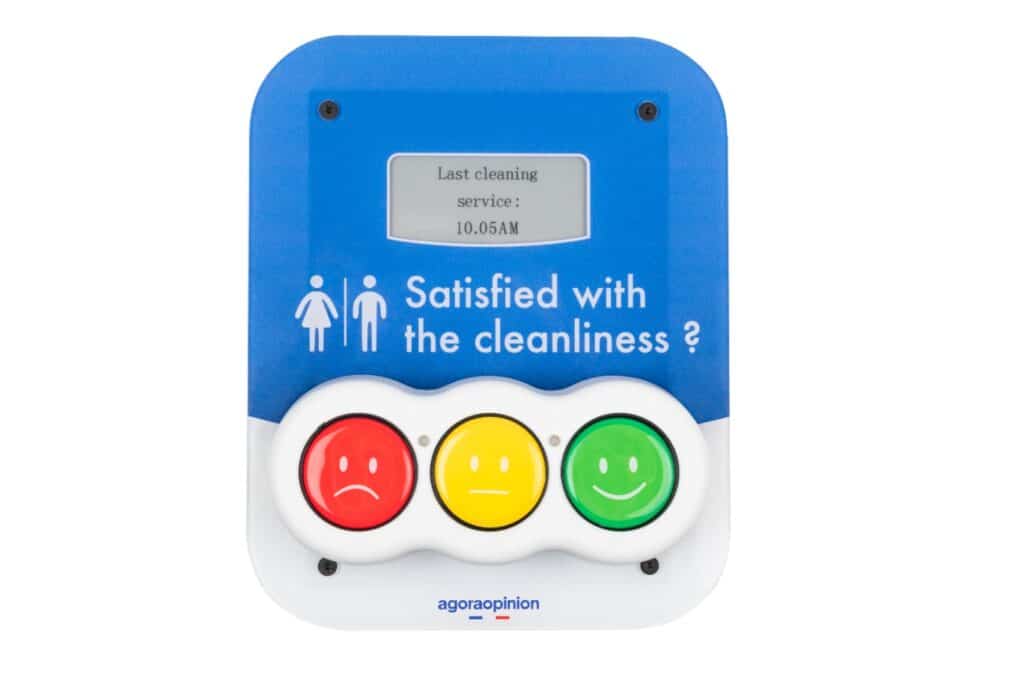How much time do you lose every day with manual and time-consuming tasks?
Whole hours! Collecting work hours on time sheets, transcribing paper quality checks onto your digital tools, attempting to analyze endless Excel spreadsheets… All these non-value-added actions make you unproductive.
Digitalization is the most effective way to optimize your performance. Automation, on the other hand, allows you to go even further! Discover how to implement an automated system to make your intervention processes more efficient than ever.

What is an automated system?
Automation, this word is on everyone’s lips, but what does it correspond to? MoveWORK answers your questions!
An automated system is a set of interconnected elements designed to perform specific tasks without direct human intervention. Also known as workflows, the automated system can resemble a scenario of actions set up consecutively to achieve a specific goal. With this technology, tasks are executed autonomously, using a combination of hardware, software, and sensors.
The automated system is an essential element for automating processes or intervention processes. The preprogrammed algorithms of the system determine which actions to trigger based on the data collected and
identified. Automation can be used in all fields and provides an exceptional productivity gain.
How does an automated system work?
An automated system operates through a set of tools collaborating. To automate an intervention process through a digital system, these computing elements are necessary: sensors, controllers, actuators, and feedback systems.
Indeed, the automated system is composed of all these components to collect data and trigger appropriate scenarios. These modules work together in a coordinated manner and execute complex tasks automatically.
Sensors to collect operational data
Sensors gather a multitude of data about the environment and measure various parameters: flow of movement, environmental indicators, completed service interventions, compliance with ongoing protocols…
Connected devices, such as IoT (Internet of Things) devices, terminals, or timekeeping systems, enable the monitoring of operational movements. These devices instantly send data to the system for analysis, facilitating the localization of information.

Controllers to identify the collected data
To process information, the automated system must have processing units. This function uses pre-programmed algorithms to interpret the information and make decisions based on that data. Out of consumables? An automatic restocking workflow is triggered. An agent is absent? An instant replacement workflow is activated.
As a result, based on the processed information, the automated system makes decisions about the actions to be taken. These decisions can be simple, such as activating or deactivating a device, or more complex, such as dynamically adjusting the parameters of an ongoing process.
Actuators to alert responders and track the handling
Once the appropriate actions are identified, actuators come into play to initiate the necessary physical actions. Thus, they translate the system’s signals into movements or physical operations: alerts, intervention requests, notifications, triggering of equipment or machines…
Moreover, to monitor the handling and progress of interventions, automated systems often incorporate a feedback mechanism. This device checks the effectiveness of the actions taken using feedback sensors (satisfaction terminals, tracking of tasks performed via mobile applications…).
Based on the obtained feedback, the system can adjust its parameters or make different decisions to optimize performance. This continuous control loop allows the automated system to adapt to variations and maintain a certain level of efficiency.
Why implement an automated intervention process in your company?
The air quality in the meeting room is poor? The nearest agent is immediately alerted for ventilation intervention. Out of consumables? Restocking is initiated without any human intervention. All these events are a small part of the possibilities offered by automated intervention processes.
The implementation of an automated intervention process in a company offers several advantages:

- Operational Efficiency: Repetitive and time-consuming tasks are digitized and handled quickly and error-free. Automated systems react instantly to needs, ensuring responsiveness in executing actions.
- Cost Reduction: Dependence on human labor is reduced, and associated costs decrease. The decrease in errors or business interruptions also leads to a reduction in costs related to disputes or penalties.
- Quality Improvement: Automated systems can perform tasks with constant precision. They adhere to standards and follow protocols to the letter for consistent regulatory compliance. This results in an improvement in the quality of products or services.
- Process Optimization: The logging of data and events allows for continuous adjustment of processes. The origin of malfunctions is identified, and blocking factors are also addressed. Through this analysis, organizations can provide a smoother and more responsive customer experience.
MoveWORK Flow: the platform that automates your intervention processes
To automate your intervention processes, the MoveWORK Flow platform offers you a simple, cross-functional, and modular interface. No need for a master’s degree, thanks to its workflow editor, our platform gives you the possibility to create scenarios endlessly.

Indeed, thanks to its intelligent module, creating an automated system tailored to your infrastructure and needs is simplified. Leave requests, agent replacement, supply, cleaning requests, incident reporting, customer service kiosk… All your operational processes can be digitized for instant handling. Program up to 100 distinct steps in a single automated workflow!
Throughout your project, our experts accompany you in defining the sensors to deploy based on your challenges. We have all the necessary connected equipment for optimal data collection: badge readers, IoT sensors, satisfaction terminals, QR Codes…
Once the data is transmitted in real-time to MoveWORK Flow, the platform identifies its typology, origin, and the appropriate action to implement. The algorithm then locates the nearest competent and available agent and alerts them for immediate assistance. The manager is also notified and can follow the resolution remotely in real-time. In case of unavailability, the workflow module defines a series of corrective actions to trigger, ensuring immediate handling no matter what happens.
Your service continuity is ensured, and your customers are undoubtedly satisfied!

